Tortuga Island is a semi-submerged volcanic caldera south of Isabela (2 km from Puerto Villamil). Shaped like a horseshoe, only one half emerges to the surface, forming a 1.3 km² islet. . There is no landing, but its intact marine ecosystem makes it one of the best snorkeling and diving sites in the Galapagos.
Activity |
What Gislandstours offers you |
|---|---|
| Snorkeling in coastal channels | Safe diving with hammerhead and reef sharks, sea turtles, manta rays, and abundant fish. |
| Seabird watching: | Approach frigate birds, blue-footed boobies, pelicans, and tropicbirds in their nesting areas from the boat. |
| Optional light fishing trolling. | Artisanal fishing experience from the boat before snorkeling. |
100%
Its shape and name come from a semi-submerged horseshoe-shaped volcanic caldera.
It is a protected marine sanctuary where landing is not permitted, preserving the fauna and the hidden nesting sites.
Hammerhead sharks can be seen near the underwater edges, with deep, clear waters
Snorkeling lasts approximately 90 minutes along with a light fishing experience, ideal for combining adventure and relaxation.
Hammerhead, Galapagos, and blacktip sharks up to 20–30 m deep
Green sea turtles, eagle rays and tropical fish
Sea lions swimming around the boat
Shorebirds: frigatebirds, blue-footed boobies, pelicans, tropicbirds
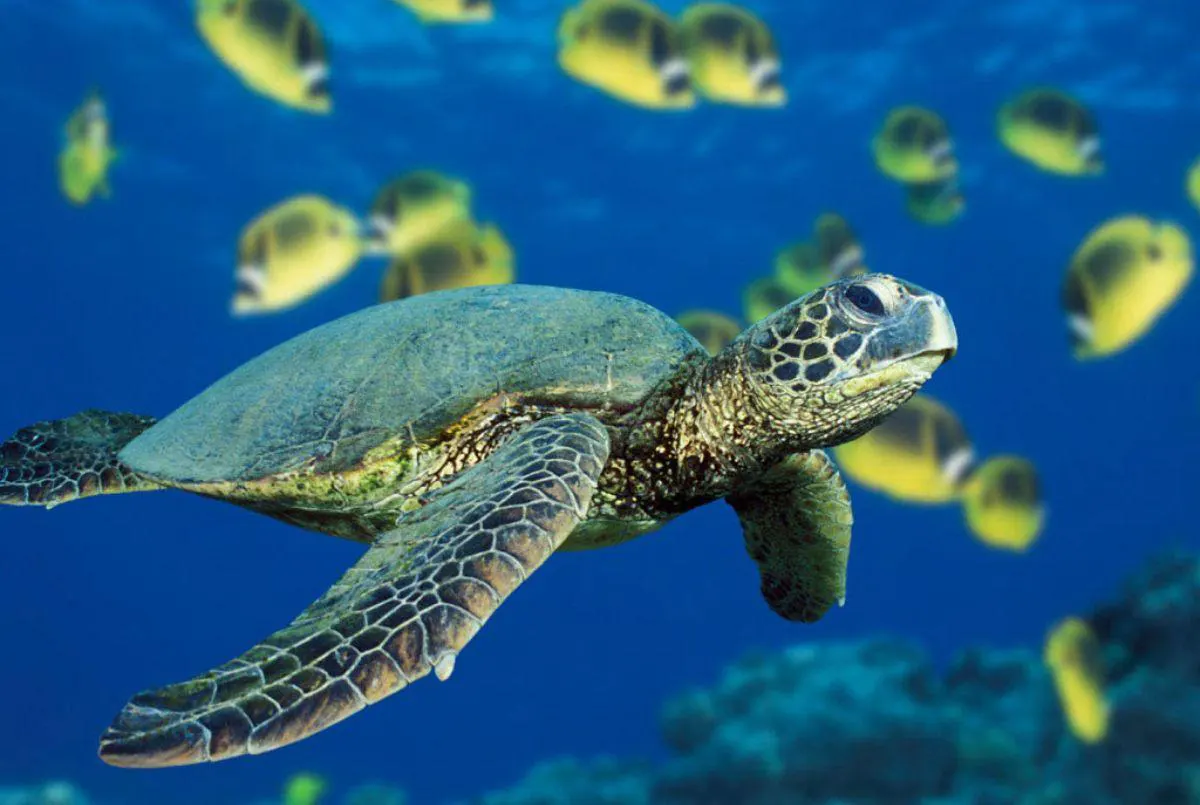
Tortuga marina, nadando libre en las islas Galápagos
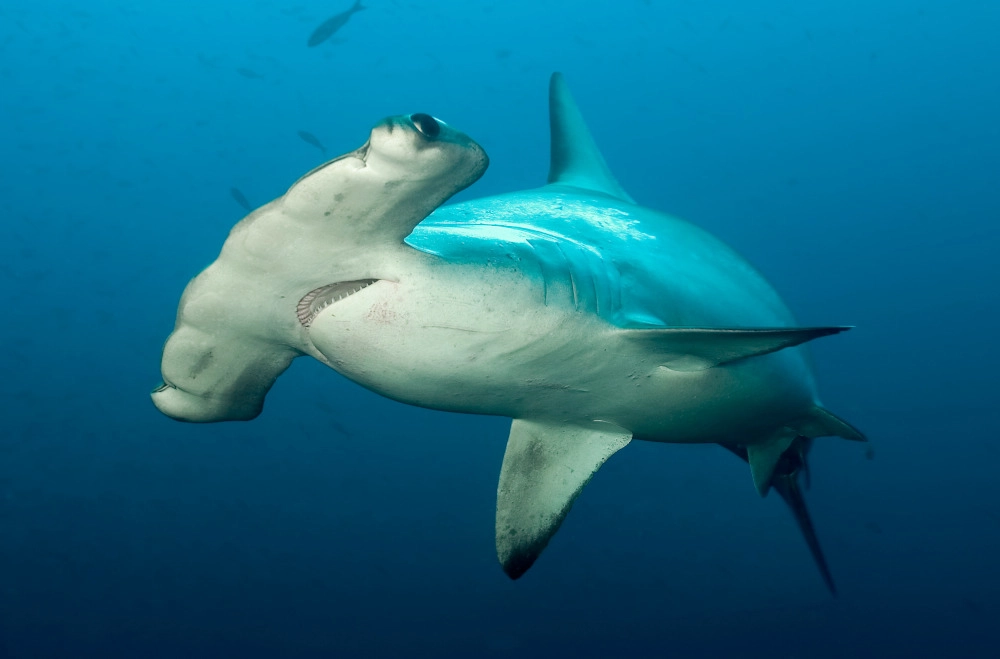
El imponente tiburón martillo, estrella del buceo en Galápagos
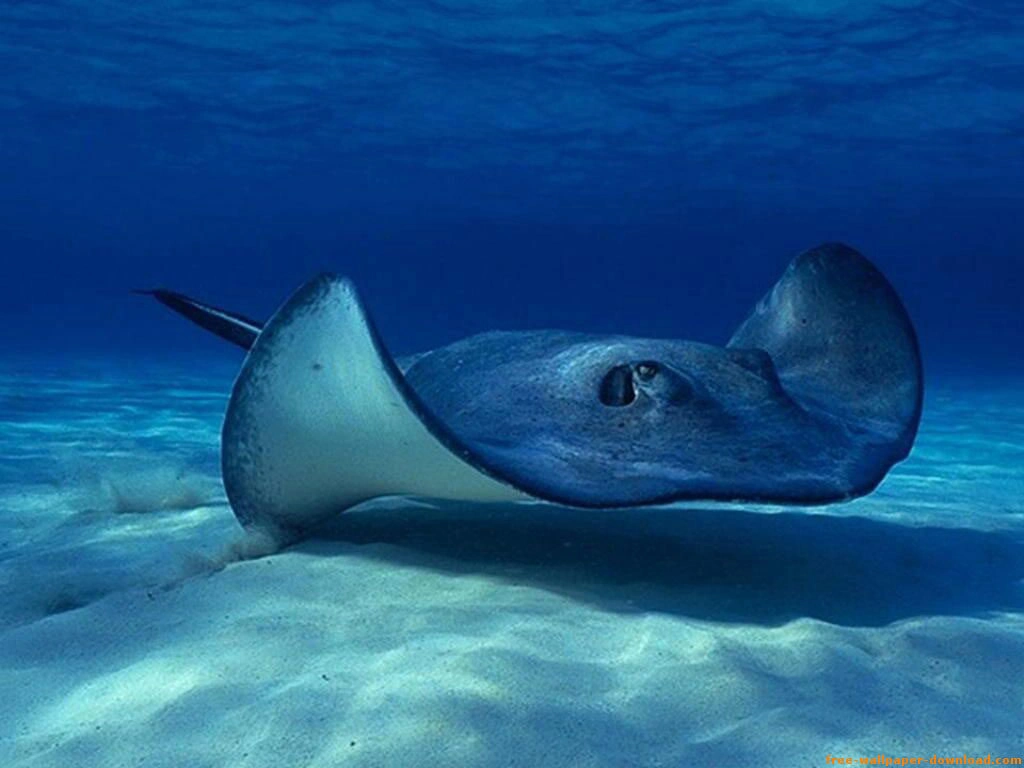
Las enigmáticas rayas de Galápagos, deslizándose entre las Rocas Gordon
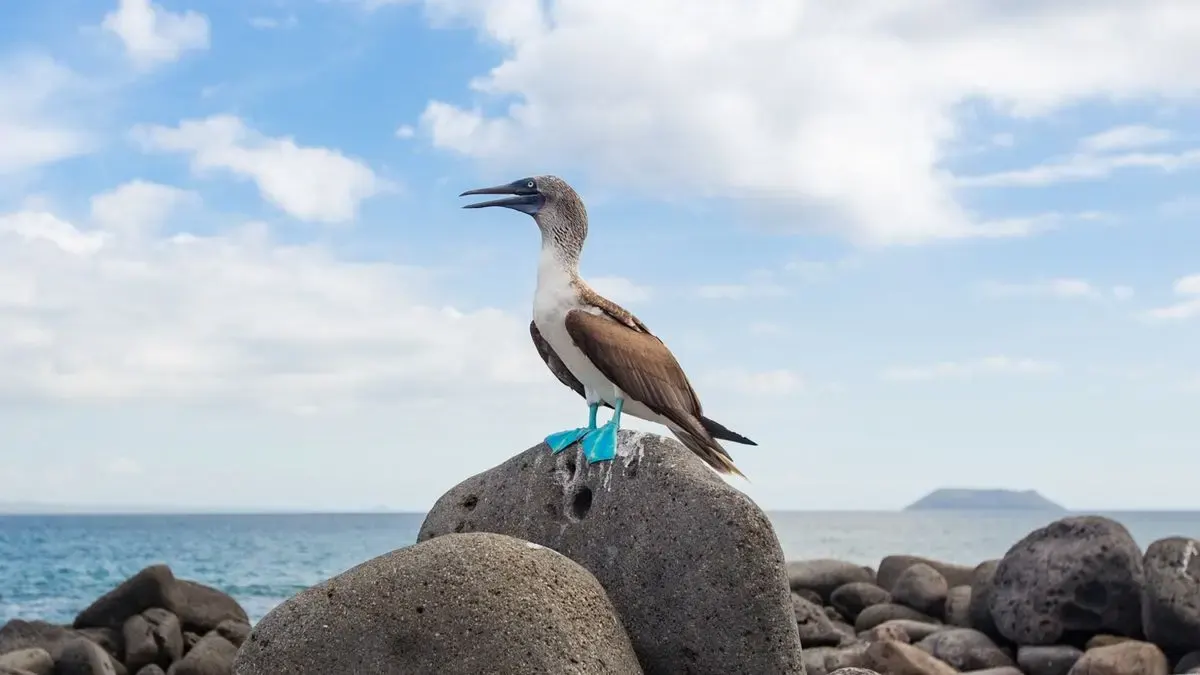
Las curiosas danzas del piquero de patas azules
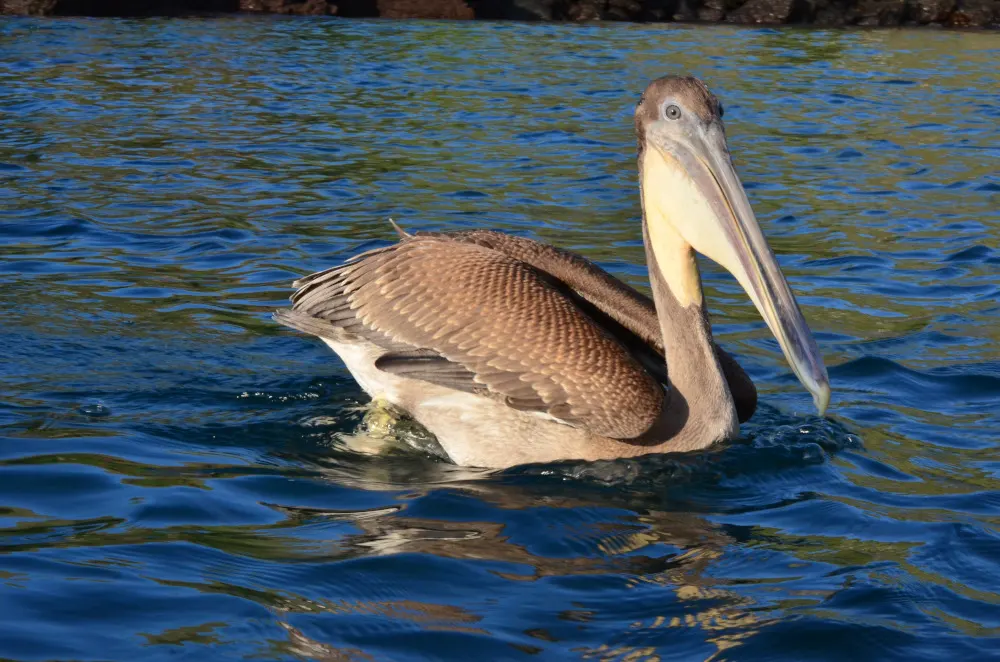
Pelícanos: expertos pescadores en acción
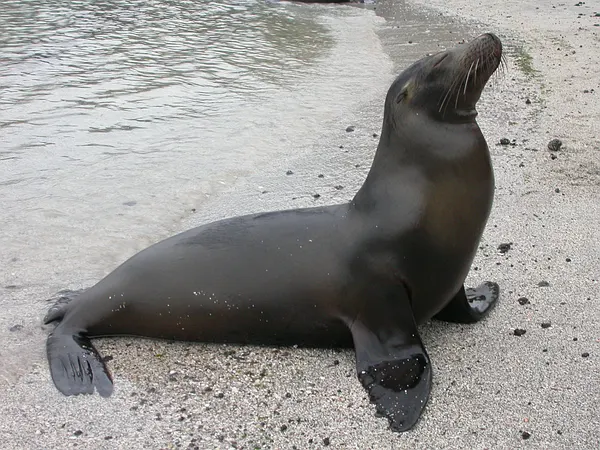
Lobos marinos, siempre presentes en tu visita a Galápagos
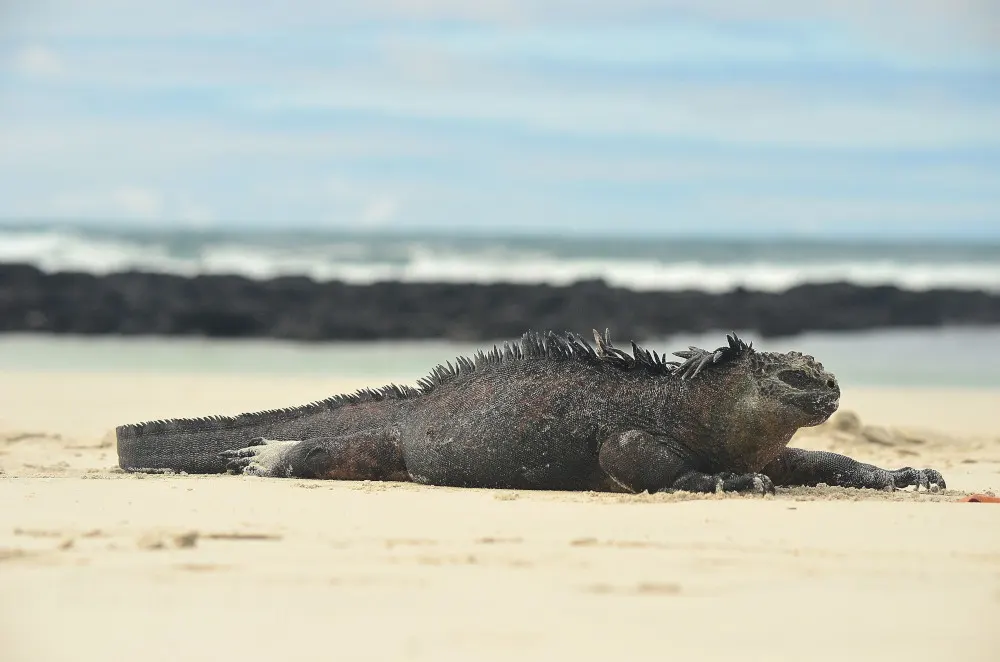
La única iguana del mundo que nada en el mar
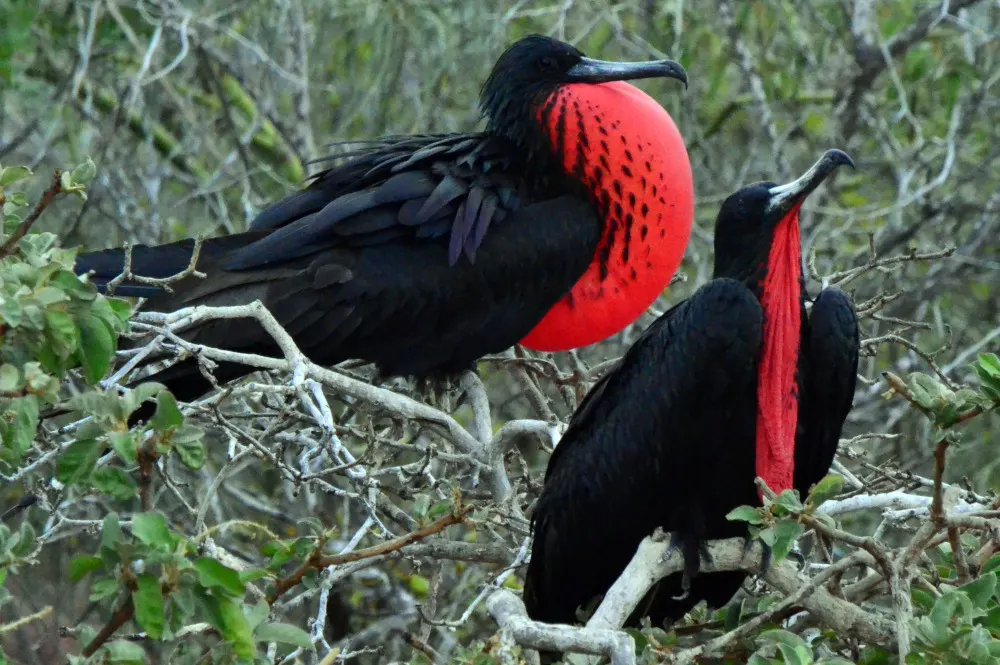
La fragata y su corazón inflado de amor
¿What does a tour with Gislands Tours include?
All our tours include a certified local guide, ground and/or sea transportation, snorkeling equipment (when applicable), a picnic lunch or lunch at a local restaurant, and entrance fees when necessary. Always in small groups.
¿What should I bring on a full-day tour?
¿Are the tours suitable for all ages?
Yes, most of our tours are suitable for children, seniors, and people with moderate mobility. If you have any specific needs, please let us know and we can customize the experience for you.
¿In what language are the tours given?
Our guides are trained to offer tours in Spanish and English. If you require another language, we can help you with customized options.
¿What is the best time to visit the Galapagos?
The Galapagos can be visited year-round. January through May offers warmer weather and calmer seas; June through December offers cooler temperatures and more marine life. Each season has its own unique charm.
¿How far in advance should I book?
We recommend booking at least two weeks in advance, especially during peak season (June-August and December-January), although we also assist with last-minute reservations subject to availability.
¿How to deal with motion sickness?
Here are some tips to deal with motion sickness:
¿What happens if there is bad weather?
Safety is our priority. If weather prevents the tour from taking place, we will offer alternative options or reschedule based on your dates.
¿Do you have any other questions?
Write to us via WhatsApp or email, and we’ll be happy to help you plan your experience in the Galapagos.
From$200.00
From$200.00
(0 reviews)
From$1,460.00
(0 reviews)
From$1,380.00
(0 reviews)
From$1,150.00
(0 reviews)
From$700.00
Don't just get there, get there in style.
Information
Follow Us
Payment channels

There are no reviews yet.